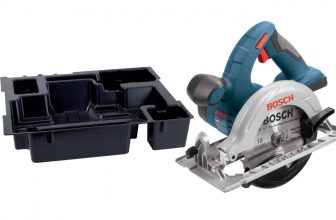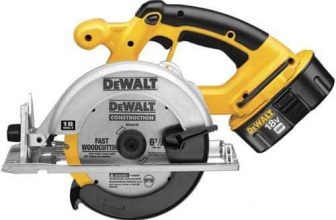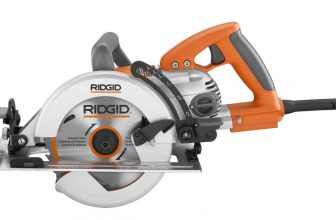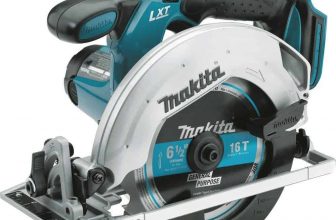
This post may contain affiliate links. This small commission costs you nothing and allows us to write more great power tool reviews for you.
Keep Your Circular Saw Blade Sharp
Like most homeowners, you’ve likely spent thousands of dollars on your home and the tools you need to maintain and improve it. One of the more expensive items you’ve bought from Home Depot or similar stores is likely a circular saw.
Whether you’re using it a couple times a year, or you are a seasoned carpenter, understanding how to keep it sharp and efficient is something you should definitely have an understanding of.
Why You Should Do It
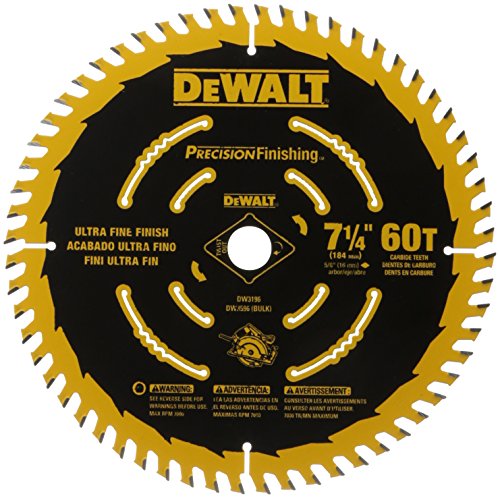 For circular saws specifically, even if they aren’t used routinely, they should be sharpened properly by yourself or someone who knows what they are doing to keep them running efficiently and safely.
For circular saws specifically, even if they aren’t used routinely, they should be sharpened properly by yourself or someone who knows what they are doing to keep them running efficiently and safely.
Failure to sharpen your blades will result in the motor of your saw exerting significantly more effort, which may cause it to burn out sooner.
Sharpening the teeth of your saw blade is much cheaper than replacing the motor. As with most things, prevention is much more inexpensive than replacing the entire motor.
Types of Circular Saw Blades
There are two types of circular saw blades – steel tipped and carbide tipped. Depending on which are you are dealing with, you’re going to need to handle the sharpening process differently.
Steel tipped saws are pretty common for the average residential user and can be sharpened on your own using a properly sized file and a steady hand.
On the other hand, if you have a carbide tipped saw you should consult a professional sharpening service. Knife or blade sharpening shops can handle these, as well as places like Home Depot or Lowes which may be able to get it done in-store while you wait.
Carbide saw teeth cannot be sharpened with a conventional file because they are so hard you may end up ruining the blades sharpness. We’d highly recommend getting this done by a local professional service since it’s quite easy for you to damage and actually dull the carbide tips of your saw’s teeth.
Steps to Sharpen a Circular Saw Blade
Step 1 – Remove & Clean the Blade
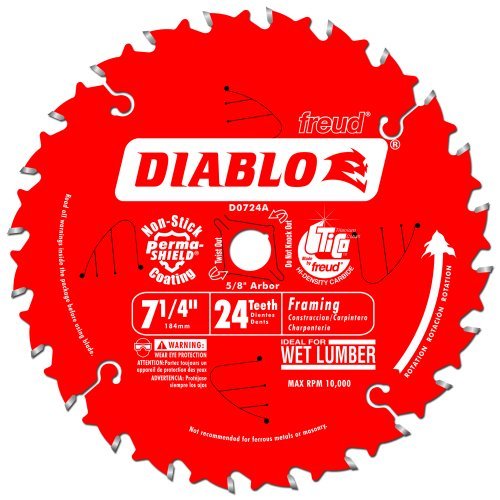 The first thing you’ll want to do if you are sharpening your saw blade yourself is to turn the unit off and unplug it completely.
The first thing you’ll want to do if you are sharpening your saw blade yourself is to turn the unit off and unplug it completely.
Before you begin, now is a good time to wipe your saw down and make sure any wood chips or dust is removed from crevices and the interior of the unit itself.
You should also carefully remove the blade by using the clasp that holds it in place or using a specific wrench to release it. The documentation that came with your saw can advise you on how to do this safely so you don’t end up cutting yourself.
Step 2 – Securing the Blade
The most efficient way we’ve found to make sure you don’t stab yourself with the teeth of your blade is to get it into a vice and make sure it’s secure before going to work.
Holding it between anything that you don’t have complete control over is a recipe for disaster and can lead to it slipping and leaving you with a nasty cut.
Be sure not to tighten the vice too much as this can damage and warp the actual blade which means it probably won’t fit back in your saw and need to be replaced.
Be sure not to tighten the vice too much as this can damage and warp the actual blade which means it probably won’t fit back in your saw and need to be replaced.
Step 3 – Organize & File Away
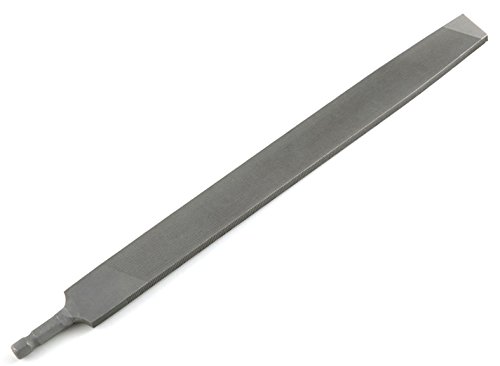 Almost there! However before you begin filing away, make sure you make a small note as to where you begin so you don’t end up doubling down on any of the teeth.
Almost there! However before you begin filing away, make sure you make a small note as to where you begin so you don’t end up doubling down on any of the teeth.
Consistent sharpening practices will allow your saw to provide a more even incision into whatever you are cutting and overall it should last longer.
Most people just use a small pencil and make a mark as to where they start sharpening and how many strokes of the file they use.
A quality file will usually be referred to as a diamond file and can be used both ways – meaning you can stroke it up and down and get a consistent level of sharpness without worrying about sharpening it too much.
Excessive sharpening can ruin your blade and you may have to send it to be re-ground which is technical language for sharpened equally by a bigger, professional-grade machine.
Your goal with filing each tooth of your saw blade is to essentially make sure they are equally as pointed as each other so you get a consistent cut and you don’t have to put unnecessary extra work in. Before beginning pay careful attention to the degree they are bent and aim for consistency.
Once you’ve completed each tooth in the saw, remove it from the vice grip and place it back into place on your saw, making sure it’s properly locked into place with the clasp mechanism.
It is highly recommended that you visually look over each tooth to make sure it’s been sharpened properly and there is nothing broken or damaged.
That’s It!
Keep in mind that like most other tools on the market, if you are using a low-quality circular saw blade you may not be able to keep sharpening it without it becoming worn out and ultimately replaced.
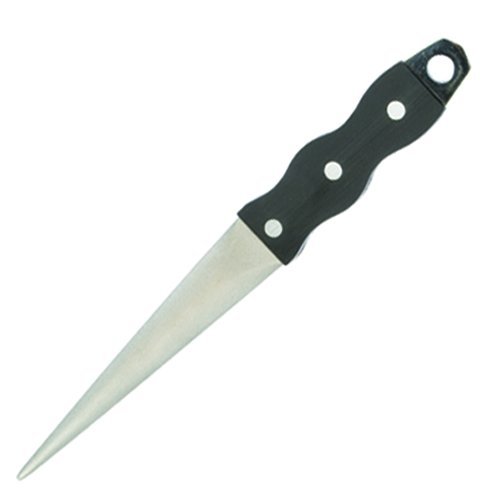 A professional blade sharpener can advise you on which saw blades are worth the investment if you simply want to touch up the sharpness on a seasonal basis or as needed.
A professional blade sharpener can advise you on which saw blades are worth the investment if you simply want to touch up the sharpness on a seasonal basis or as needed.
This may seem like a big process, but it’s an important step in maintaining the effectiveness of your tools.
A quality diamond file usually costs around $40-50 at your local hardware store and if you’re careful with it can definitely last you years.
Keeping your tools functioning properly will save you from buying new circular saw blades every spring (or sooner, depending on how often you use this tool), and from a frustrating cutting experience in general.



